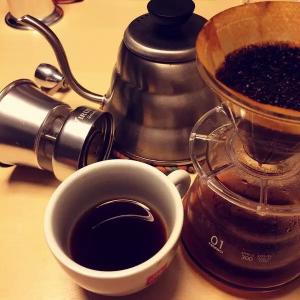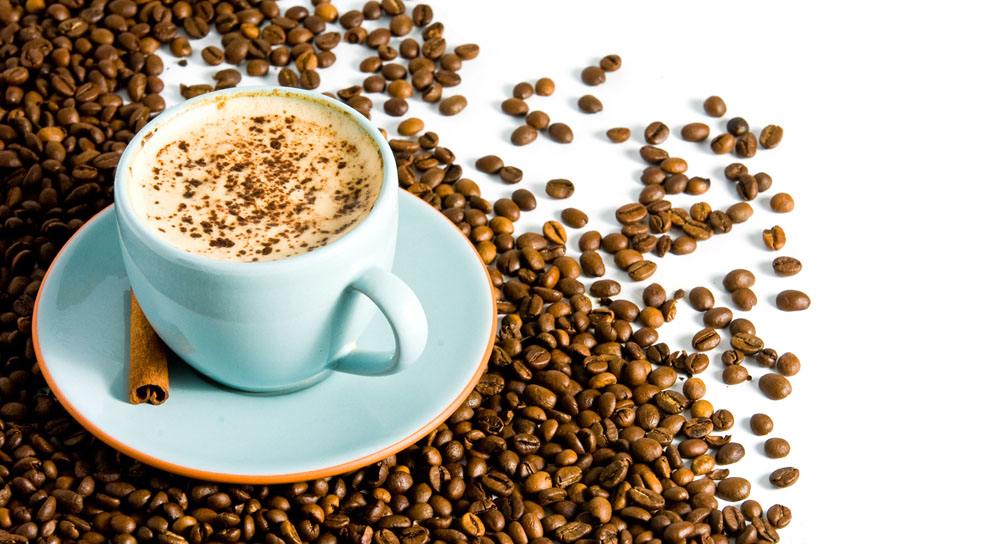How does the treatment of raw beans affect the flavor of coffee?
Pay attention to coffee reviews (Weixin Official Accounts vdailycom ) and find a beautiful cafe to open your own shop
Did you know that coffee is brewed by the barista according to different brewing temperatures and different coffee grinds, but in fact, the flavor of coffee is determined by the processing method of coffee beans? What do you mean? Come on! Come with me ~ understand carefully
Coffee produces a variety of flavors under the influence of many factors, such as hazelnut flavor, caramel flavor and so on. Different coffee varieties have their own different flavors, such as mantenin, Costa Rica and other varieties. The way coffee beans are processed has a lasting effect on the flavor of coffee, so the way coffee is processed is very important.
Coffee farmers usually sun, wash, honey or otherwise treat coffee cherries. Different countries and regions have slightly different processing methods, so here are three of the most popular coffee bean processing methods and how they affect coffee flavor.

exposed to sunlight
Region: Ethiopia, Brazil
Flavor characteristics: flavor diversity and obvious; rich fruit flavor. The coffee flavor extracted is generally stronger. Juice feeling full, creamy feeling obvious, and 90+'s candle light, honey kiss is this processing method of obvious flavor beans
Solarization is also known as drying or solarization. When coffee cherries are ripe, they are picked first and then dried. When they are dried to a certain moisture content, the peel must be removed. Drying is a traditional method of processing coffee beans. After harvesting, the fruit needs to be dried by natural sun, and some mechanical drying is carried out simultaneously. The process is: harvesting → solarization field (sunlight exposure)→ shelling machine (removing pulp, etc.)→ classification (electronic bean sorting machine or manual selection, sieve, etc.)→ export.
The best sun treatment is drying on common African drying beds, which is a high quality treatment. And a small number of people will be placed directly on the ground to dry directly, and there may be a soil flavor.
Solarization is the oldest method of coffee treatment and the most prevalent in well-known regions such as Brazil and Ethiopia. In the past, coffee farmers in many areas used sun treatment on coffee beans that were not suitable for export, which saved energy and time, so this method was not very popular. It is only in the last two years that the specialty coffee industry has realized its potential for high quality, solarization to enhance coffee's body and release its full range of flavors. Sun-treated coffee beans have a strong and distinct flavor.
water washing treatment
Region: Latin America, USA
Common flavor: carambola, dark chocolate, all kinds of flowers, etc.; coffee flavor mellow, smooth and pure taste, sour obvious.
Washed coffee beans are more affable and require the beans to be desized in a fermenter. First, coffee cherries are picked and placed directly into a giant funnel, where water transports the cherries to a large reservoir, separating damaged and less dense cherries. Good cherries sink to the bottom and are sent to a desizing facility where they sit for 36-72 hours.
Washed coffees taste cleaner, but that's not to say they're inherently better, it's just that the beans express their flavor more clearly, more of the beans themselves than the rich fruit flavor. Washed coffee beans usually have a more pronounced sour taste. Acetic acid enhances the sourness of coffee because the sugar in coffee pulp naturally produces acetic acid during fermentation. Therefore, it is necessary to balance the pH value of coffee beans during fermentation, otherwise the acid will continue to increase and make the coffee too acidic.
honey treatment
Region: Brazil, Central America
Common Flavors: Pleasant sweetness, jam flavor and dense lipid, honey-like delicate.
Why is it called honey treatment?
There are three ways to process coffee: solarization (natural drying), washing and honey treatment. Sun-drying, as the name suggests, is a method of naturally drying coffee beans after harvest; washing is a method of removing jelly from the surface by fermentation after peeling the pulp; and honey treatment is a compromise between the two methods, which is a method of drying the fruit with the endocarp after peeling the pulp. Many people hear the name honey processing and think it is a process using honey, or that the coffee will taste like honey after processing, but it is not. The fruit gets its name from the fact that the gelatinous substance on the surface of the core evaporates during drying and becomes as viscous as honey.
Because the honey treatment causes pectin to remain on the coffee beans, the honey treated coffee beans will take on different colors, and the darker the color, the more pectin remains.
No matter which method is used, it has its own charm, and it is surprising and interesting to discover the different flavors of each bean.
Important Notice :
前街咖啡 FrontStreet Coffee has moved to new addredd:
FrontStreet Coffee Address: 315,Donghua East Road,GuangZhou
Tel:020 38364473
- Prev

Five Health-preserving functions of Coffee from the Angle of traditional Chinese Medicine
Follow the caffeine review (Wechat official account vdailycom) found that the beautiful cafe opened a small shop of its own, looking at the five health-preserving functions of coffee from the perspective of traditional Chinese medicine: 1. Refreshing and refreshing caffeine has a spicy flavor, which is extremely easy to pass through the brain-blood barrier, stimulate the central Shenjing, promote brain activity, make the mind clear, respond lively and sensitive, think full of ability, concentrate, and improve work.
- Next

The struggle between Coffee and Alzheimer
Follow Ka Pai (Wechat official account vdailycom) to find out why Alzheimer's disease is called Alzheimer's Eros Azheimer (1864.6.14-1915.12.19) German psychiatrist. In 1906, German doctor Alois Alzheimer (Alois Alzheimer) received a brain specimen from a woman who had just died. Positive
Related
- Beginners will see the "Coffee pull flower" guide!
- What is the difference between ice blog purified milk and ordinary milk coffee?
- Why is the Philippines the largest producer of crops in Liberia?
- For coffee extraction, should the fine powder be retained?
- How does extracted espresso fill pressed powder? How much strength does it take to press the powder?
- How to make jasmine cold extract coffee? Is the jasmine + latte good?
- Will this little toy really make the coffee taste better? How does Lily Drip affect coffee extraction?
- Will the action of slapping the filter cup also affect coffee extraction?
- What's the difference between powder-to-water ratio and powder-to-liquid ratio?
- What is the Ethiopian local species? What does it have to do with Heirloom native species?

